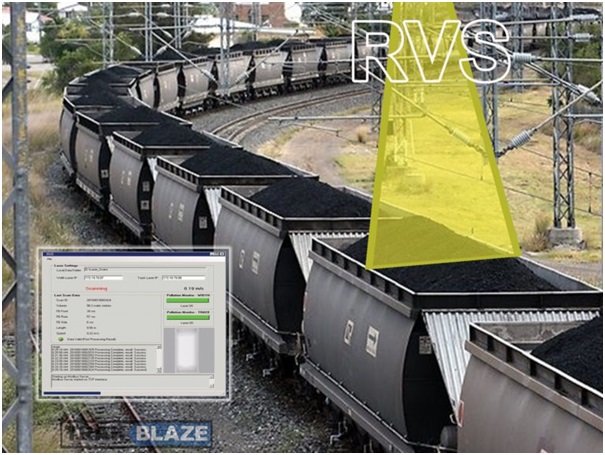Currently the mining industry is at a crossroad of technological integration, a mix between a traditional past and a transformative and sustainable future.
Just like the rest of the world the mining landscape is now in a state of disruption. However, once the dust settles and all the current precautions are removed, mining companies will be focusing on ways they can improve efficiency and cut costs, to recover from the economic hardship that the pandemic has caused.
It has been predicted that through technological integration, Australians will forefront the global race in using technology to cut costs, enhance efficiency and increase safety in their mines. The reason Australia is estimated to forefront this integration in the coming years is in the country’s availability to strong network connectivity, power, highly skilled labour and government support, which will largely benefit the speed of their technological implementation.
As low commodity prices continue, mining companies are under pressure to incorporate technology into their operations. Every mining company wants to ensure that the integration of technology into their sector will provide them with an optimal working environment, without causing too much sudden disruption within current workflows.
When it comes down to it these companies expect these innovations to deliver improved profits, compliance with regulatory requirements and better safety and operational efficiencies.
What a lot of these companies don’t realise is that technological integration is as simple as implementing new technologically advancedrail weighing systems, to see the afore mentioned benefits.
Technological advances have really created substantialdevelopments in the effectiveness of weighing systems. While the basic technology hasn’t changed, these improvements have linked weighing systems with other technology to create a wealth of new opportunities for organisations to improve their productivity, profitability and compliance.
Specifically, in relation to the mining sector, all companies want to ensure that their trucks are optimally loaded at capacity to provide not only safety but efficiency.
Volume scanners (Mining Truck Volumetric Scanners) are becoming an industry standard in sectors that rely on shifting bulk material. These sectors are beginning to embrace the technology due to its incredibly high accuracy and the ability to provide detailed reports and traceability. The 3D visual profile of volume scanning systems is designed to provide an accurate volume measurement of the material loaded each time, which can assist loader operators in loading to the correct capacity.
One of the most substantial benefits of using volumetric scanners is the use of 3D volume profiling which provides the opportunity for enhanced load optimisation. This means that the truck capacity is fully utilized, while safety and compliance factors, such as overloading or poor load configuration are also addressed. 3D scanning doesn’t only optimise truck loading, but it delivers real-time scanning and reporting load data, more accurate measurements and can also deliver an increase in profitsdue to reduced costs.
Starting at volume scanners and cloud computing, to new sensors, to drones, to even more automation – any state-of-the-art mine has all the latest technological innovations integrated into their operations.
The application of improving technology can significantly improve the mining sector, if done correctly. The onlydown-side that has been currently noted is that any internet-connected technologies could open the sector up to possible cyberattacks, which it then must protect itself against.
However, as low commodity prices continue, those organisationswho have incorporated technology into their operations have seen revenue continue to thrive while those who haven’t, have fallen short.
The biggest developmentseen from using these devices is the exceptional improvement to mining safety they can bring. That in itself should be enough for any mining company to get on board.

